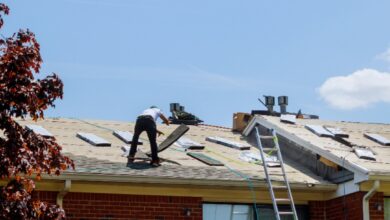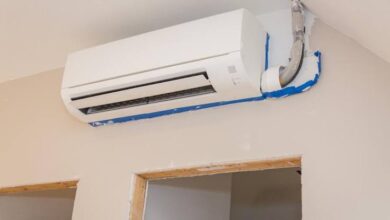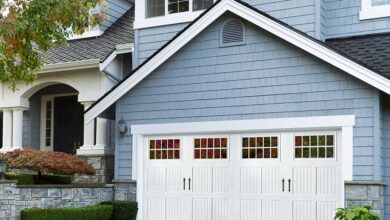The Rise of Prefab Building Kits: A Game Changer in Construction

In today’s dynamic construction industry, the emergence of prefabricated building kits has brought about a profound transformation. These kits have swiftly risen to prominence, offering an unparalleled combination of efficiency and cost-effectiveness that reshapes the way structures are built. With a growing demand for construction methods that are not only faster but also more sustainable, prefab kits have emerged as a remarkable solution, demonstrating their capacity to revolutionize the field. This article takes a comprehensive look at the extraordinary ascent of prefab building kits, delving into their wide-ranging advantages, their diverse applications, and the promising horizons they hold for the future.
Efficiency and Precision in Construction
One of the most notable attributes of prefabricated kits is the meticulous precision and quality control embedded in their fabrication. Unlike traditional construction methods that rely on on-site assembly and adjustments, prefab components are meticulously engineered off-site, guaranteeing unparalleled precision. This not only eliminates the need for extensive on-site modifications but also substantially reduces the occurrence of errors and discrepancies.
Cost Savings and Budget Predictability
Financial considerations are paramount in any construction project, and prefab kits offer a level of budgetary clarity that is highly advantageous. Unlike conventional construction, where costs can quickly spiral due to unforeseen on-site modifications and labour-intensive tasks, prefab kits provide higher cost predictability. This is because of the controlled environment of component manufacturing, which reduces the scope for unexpected expenses. Moreover, the streamlined construction process requires fewer labour hours on-site, effectively curbing wage-related expenditures. Further, the precision of prefab manufacturing minimizes material waste, contributing to overall cost savings.
Sustainability and Reduced Waste
In an era dominated by sustainability concerns, prefab construction emerges as an eco-conscious alternative. One of its most notable sustainable attributes lies in the significant waste reduction it facilitates. Traditional construction often leads to excessive material wastage due to inaccurate estimations and on-site adjustments. In contrast, prefab construction employs precise material calculations during manufacturing, resulting in minimized waste. Furthermore, integrating sustainable materials and energy-efficient technologies aligns prefab construction with contemporary eco-friendly trends, making it a responsible choice for conscientious builders and developers.
Diverse Applications
The scope of prefab kits spans a broad spectrum of construction needs, ranging from residential to commercial and industrial projects. This versatility is a testament to the adaptability of prefab methods. Whether single-family homes, multi-story residential complexes, office buildings, or even specialized structures like healthcare facilities, they offer a solution tailored to each unique requirement.
Challenges and Solutions
While prefab construction presents a host of advantages, it is not without its challenges. One notable hurdle is the transportation of large prefab modules to the construction site. These modules, often preassembled off-site, can pose logistical challenges due to their size and weight. However, the industry has responded with innovative solutions such as flat-pack designs and foldable components. These advancements allow easier transportation and on-site assembly, mitigating the transportation challenge. Online prefab companies also utilize trailer trucks for module supply, addressing transportation challenges effectively.
Changing Workforce Dynamics
The widespread adoption of prefab construction may necessitate a shift in workforce dynamics. Traditional construction methods and prefab construction have distinct skill requirements. As prefab gains traction, workers may need to undergo upskilling to adapt to the new paradigm. Training initiatives and educational programs can bridge this gap, ensuring a skilled workforce that is adept at both off-site component manufacturing and on-site assembly.
In conclusion, the ascent of prefab building kits represents a paradigm shift in the construction sector. Their efficiency, sustainability, and versatility position them as a driving force in the evolution of construction methodologies. As technology continues to progress and awareness grows, prefab methods are poised to play a pivotal role in shaping the cities of tomorrow.



